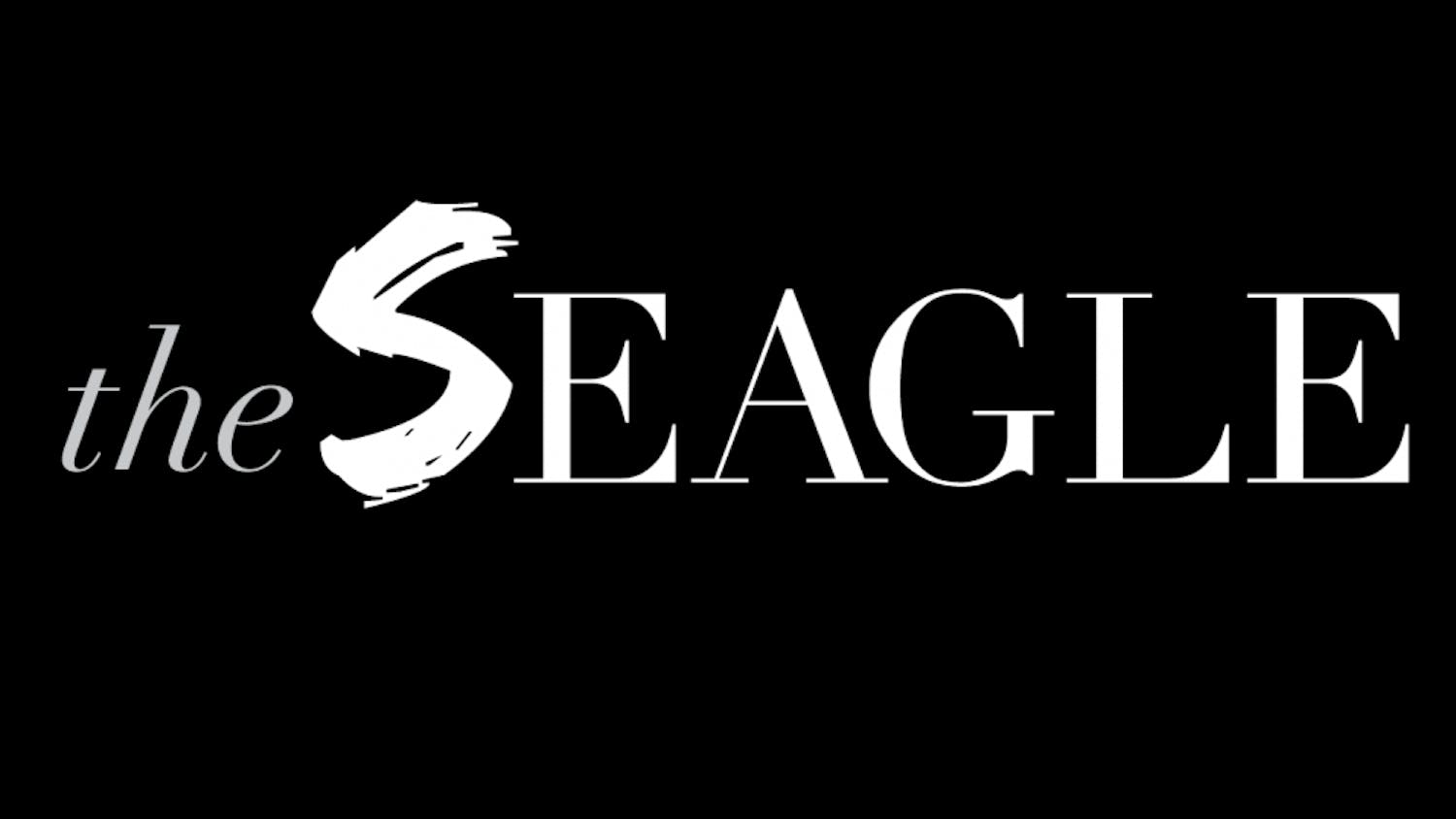The U.S. higher education system is broken. Just as the U.S. housing market collapsed, the collegiate system could collapse in the same way because of the very same risks.
Students are paying hundreds of thousands of dollars for education without the guarantee of a job post-college. Not only is the cost of college increasing, but with more individuals attending college there is more pressure to have multiple degrees. This means that students are spending nearly two decades in school before or if, they enter the workforce.
In order to better structure our nation’s education system, the U.S. must streamline college education to make preparing for the workforce the primary objective, not academia.
The cost of a college degree has increased 1,120 percent in the last 30 years. Even worse, incomes during that time period have not risen more than 30 percent for most Americans, and 60 percent of Americans haven’t seen their income change at all. This is nearly double the increase in the cost of medical care, and five times the increase in the cost of food.
The education system that we currently have in place is very similar to the housing system. Houses are expensive, and almost no one has the money to purchase a house upfront. However, one can apply and receive a loan in order to purchase and live in the house now, and slowly pay it off over time.
This structure, however, is setting the U.S. up for failure. Income stagnation over the past 30 years is a result of numerous failed economic policies. Just as the housing market failed and caused the U.S. to fall into deep recession, the same could happen with education.
Without incomes increasing at the same rate as college costs, there is no guarantee that students will be able to pay off their debts over time. And with many college graduates entering low level jobs, the risk for default on student loans is even higher.
Just the same as housing, many students who are getting loans to attend college shouldn’t actually be attending college. The housing crisis in 2008 was caused by faulty loans given to people who didn’t have the capacity to pay them back.
Student loan payments are already beginning to fall behind. With 40 percent of college students receiving federal loans, taxpayer dollars are at extreme risks if massive amounts of loans begin to go into default, which is a very likely possibility.
College guidelines have been loosened just the same as housing guidelines were. The American dream is now attending college, whereas just 50 years ago, a college degree wasn’t necessary to live a decent and comfortable life. But this is no longer the reality in the U.S., and politicians who have touted the importance of college have instead created a system that sets the U.S. up for financial failure.
College is suppose to be years of training for the workforce, but instead it has done just the opposite. The inflated amount of students going to college has resulted in more money to be spent on education, but dramatic cost increases and results that are inadequate have proven the failure of the current model.
There is potential for reform, however there is also potential for financial calamity. Unless we act soon, we could be heading towards another Great Recession, and another financial collapse.
John Foti is a sophomore in the School of Public Affairs. He writes a bi-weekly column which comes out every other Tuesday.




